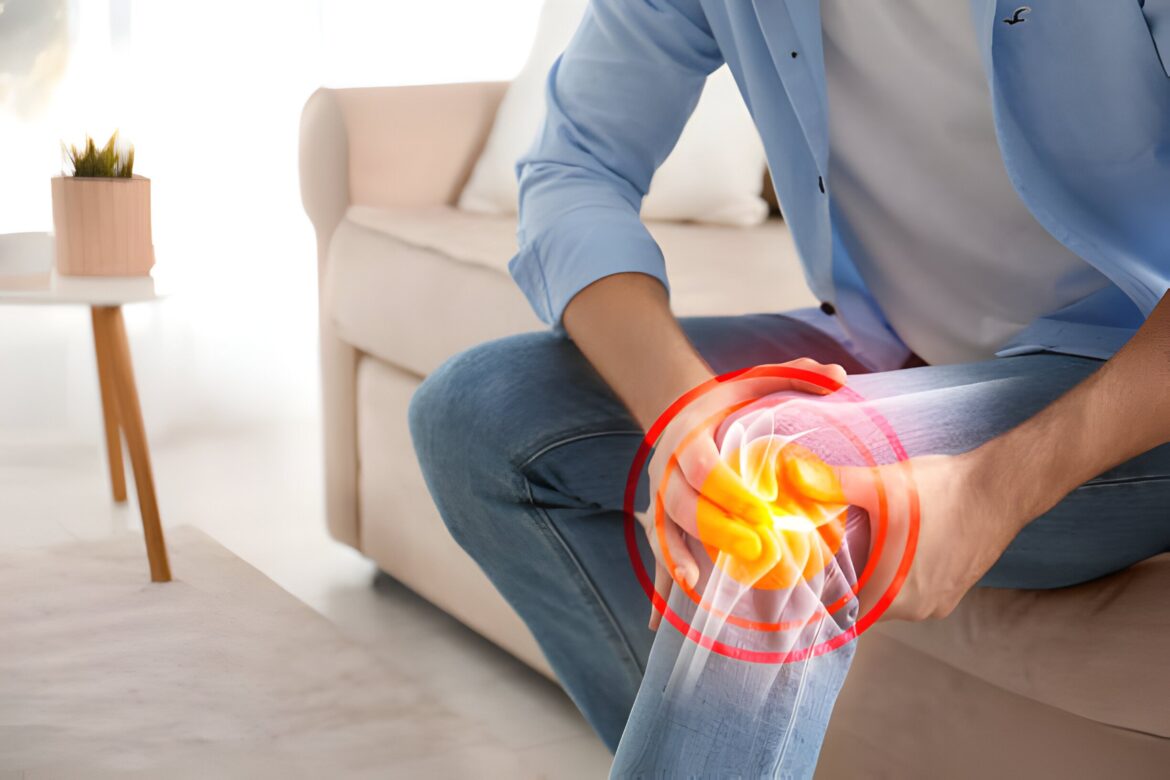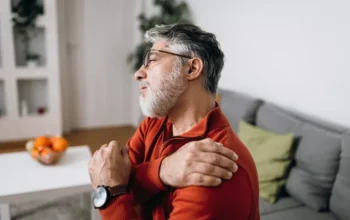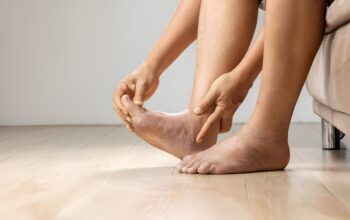Understanding Knee Problems: A Comprehensive Guide
Complex Knee Issues Knees are intricate joints subjected to frequent use, making them prone to a variety of issues. Overuse injuries can occur from repetitive motions, while aging commonly leads to wear and tear. Accidents may cause bone fractures or tissue tears, and certain diseases lead to the body attacking its own joints. Consulting a doctor is crucial when experiencing knee discomfort.
Dislocations and Fractures Intense knee pain following an impact could indicate a dislocation or fracture in the bones forming the joint: the femur, tibia, or patella. Immediate medical attention is necessary. Fractures can also develop gradually, manifesting as small cracks due to increased activity.
Torn Anterior Cruciate Ligament (ACL) An audible pop followed by inability to move, often occurring during sports like soccer or basketball, suggests an ACL tear. This ligament is pivotal in stabilizing the knee. Symptoms include pain, swelling, and instability. Similar symptoms arise from other tissue strains or tears in the knee.
Iliotibial Band Syndrome This condition involves irritation and swelling of the ligament running outside the thigh, aggravated by activities like running or biking. Pain may intensify with downhill movements or prolonged sitting but might improve after warming up. Without adequate rest, the condition can worsen.
Osteoarthritis Characterized by difficulty in leg movement, stiffness, and swelling after activity, osteoarthritis involves the breakdown of cartilage cushioning the bones. It’s prevalent in those over 65 or those who have heavily used their knees post-injury.
Inflammatory Arthritis Symptoms include joint pain, swelling, fatigue, and fever. Autoimmune diseases such as rheumatoid arthritis or lupus may cause the immune system to attack the joints, affecting various parts of the body.
Bursitis Overuse can lead to swollen, warm, and tender knees, known as bursitis or “housemaid’s knee.” This condition involves inflammation of the bursae, fluid-filled sacs that cushion the knee joint.
Runner’s Knee This common issue among women and young athletes causes pain around the kneecap, often worsened by sitting with bent knees, kneeling, or stair climbing. It results from overuse, misalignment, or cartilage breakdown.
Torn Meniscus A meniscus tear, typically from a sudden twist or pivot, can cause diffuse pain, stiffness, and swelling. Age-related arthritis increases susceptibility to such injuries.
Baker’s Cyst (Popliteal Cyst) A fluid-filled cyst at the back of the knee may result from underlying issues like arthritis or a meniscal tear. The cyst generally causes discomfort only if it bursts.
Gout and Pseudogout Both conditions manifest as sudden, intense knee pain and swelling, characterized by crystal accumulation in the joint. Gout involves uric acid, typically affecting the big toe, while pseudogout involves calcium pyrophosphate.
Infection Joint infections, or septic arthritis, rapidly cause pain, discomfort, and fever. Diagnostic tests may include fluid extraction from the knee to identify the causative bacteria.
Referred Pain Pain originating from the back, hip, or foot may also manifest in the knee due to nerve pathways or diagnostic confusion.
Self-Care and Treatment For minor discomfort, NSAIDs like ibuprofen and home treatments such as RICE (rest, ice, compression, elevation) are effective. Persistent or worsening pain necessitates medical evaluation, which might include imaging, fluid analysis, and potentially surgery. Weight management can also alleviate knee stress.







